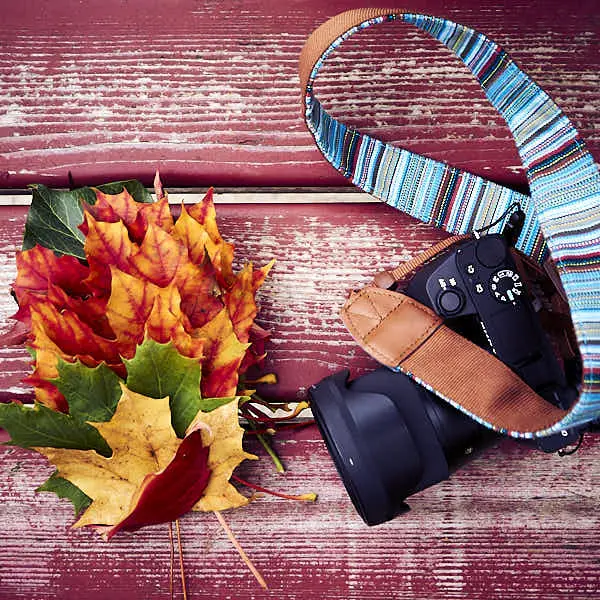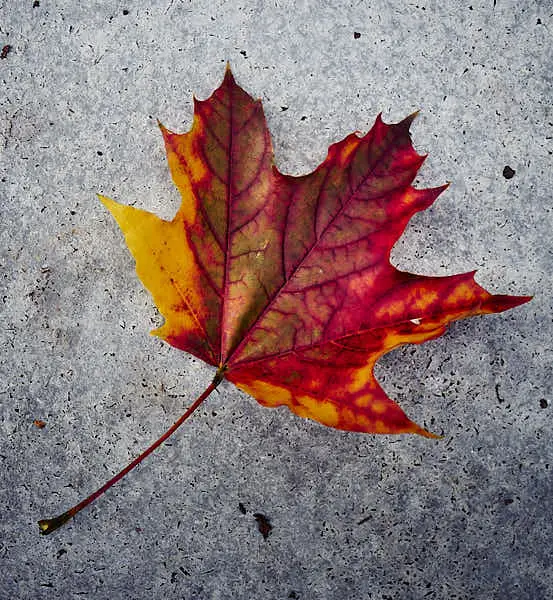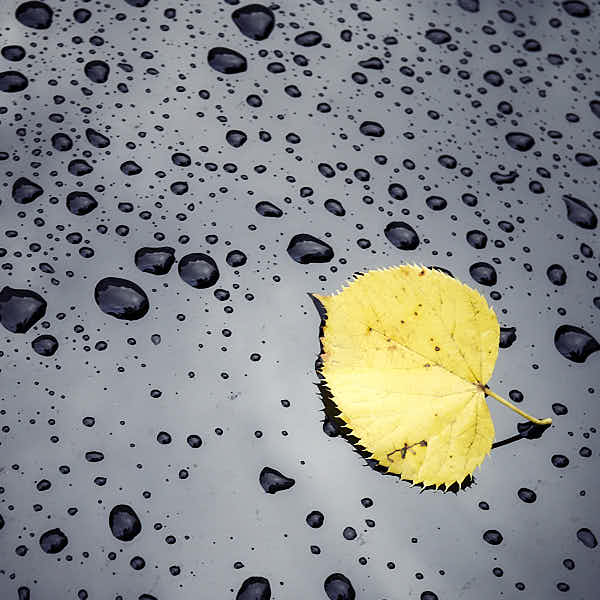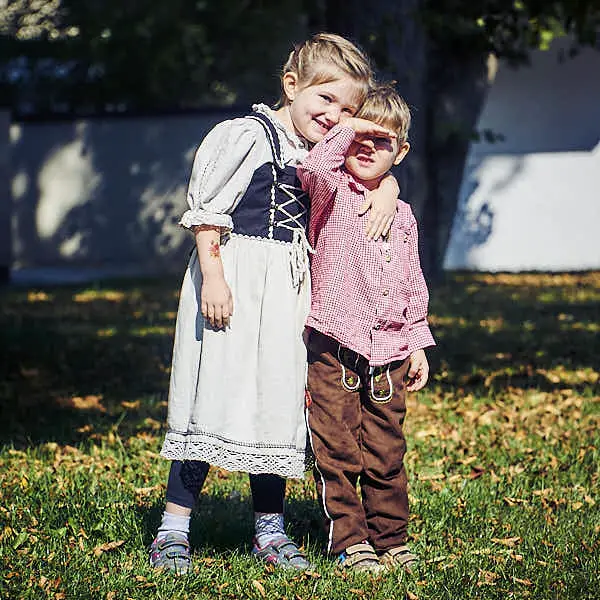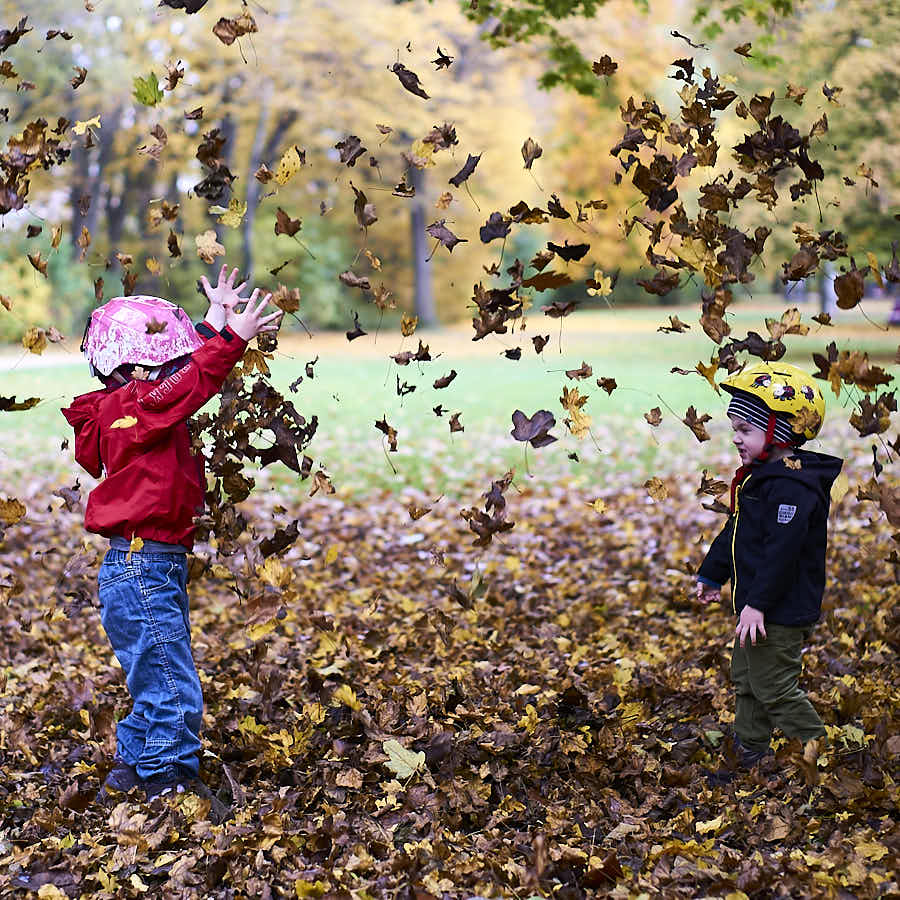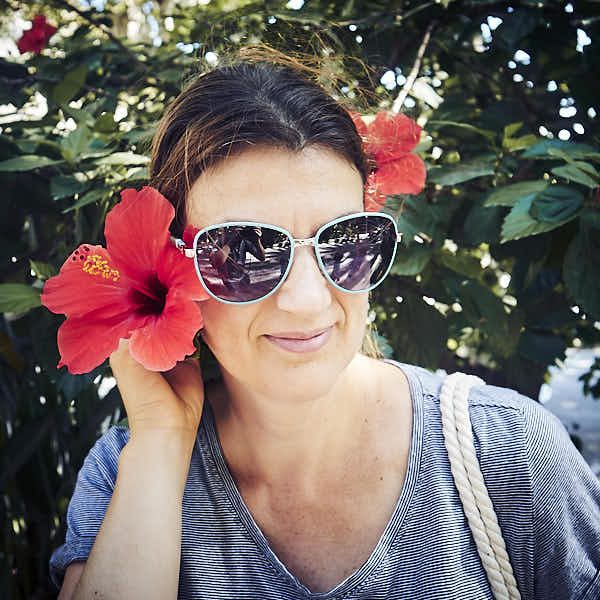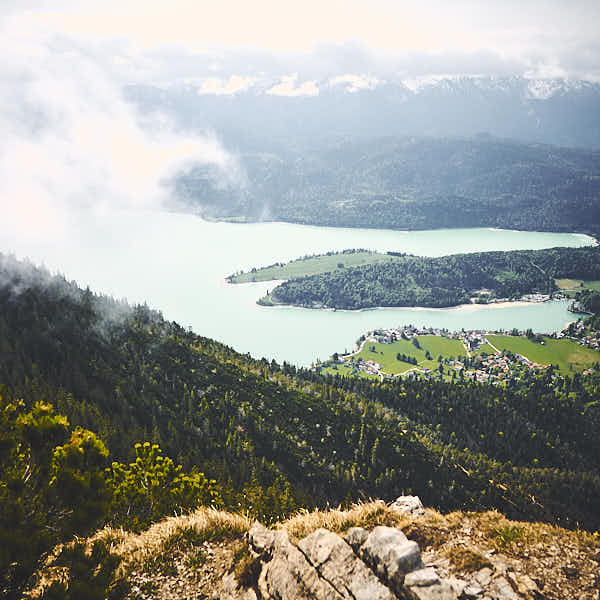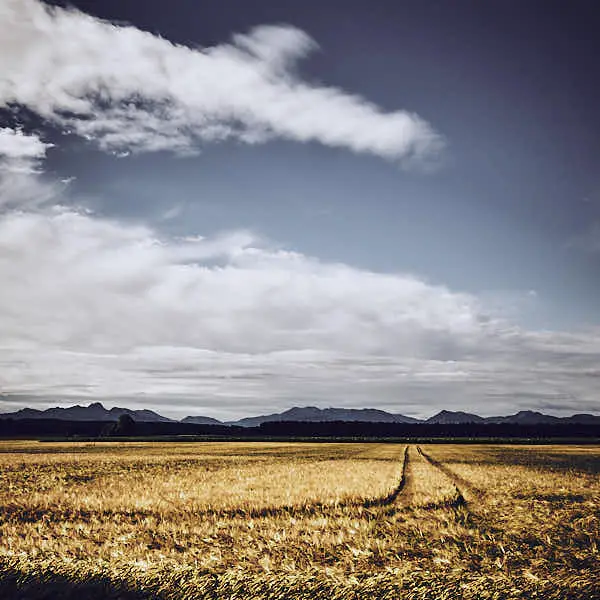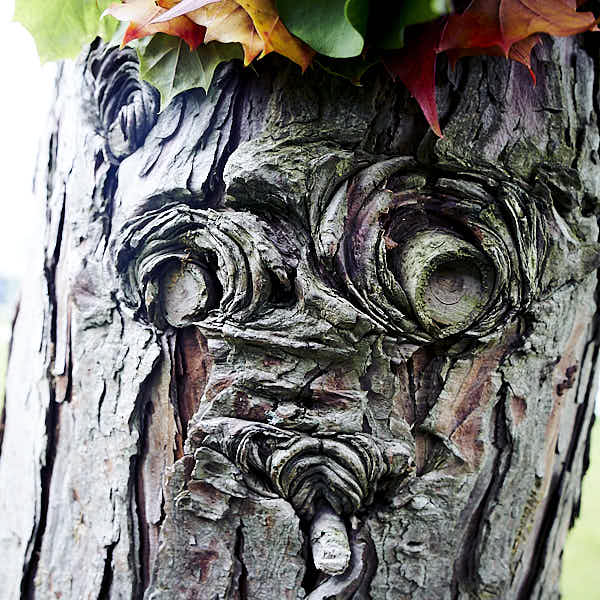The most visually stunning of the seasons, autumn finds photographers itching to get outside and start shooting pictures to capture its beauty. Changing colors leaves upon the ground, and cooler weather to shoot in gives photographers a great opportunity to stretch their creative muscles.
How to take autumn pictures does require some different techniques, settings on your camera, and even post-processing elements. Here are some great tips on how to take autumn pictures – and make them picture perfect.
Timing is Everything for Autumn Pictures
Timing really is everything – this can’t be stressed enough. If you are looking to take advantage of the changing of the colors that occur in the fall, then your window is often very small. Research into previous years to help you pinpoint when this is most likely to happen.
Time of day matters a great deal, too. The reason that “autumn glow” is a popular term is due to the way the sun catches the colors of the foliage as it sets on the day. Use this time to the best it an offer by tracking the sun’s rise and set.
Fall Family Photos
Timing also is dependant on what kind of photography you may be doing. If you are doing family photography, the changing of the colors may not be as crucial, widening your shooting window a bit.
The quintessential “kids playing in leaves” is a must-do for fall family photos, along with any Halloween fun you may want to showcase the family’s fun side.
Portraiture is stunning in the autumn, with glorious foliage, warm and cozy clothing, and typically great weather to work in. Family pictures can occur beautifully any season. However, there is something magical about autumn family sessions.
School has just started, so the kids are fresh and looking forward to awesome events like Halloween and Christmas. Parents are refreshed by the kids being back in school, and feeling excited about closing the door on this year soon while looking forward to the next.
And the landscape and weather? Timing is everything, as we said, and autumn is just the perfect time.
Landscape Autumn Photos
Sometimes photographers need to reconnect with their natural backdrops. This affords them the opportunity to remember the beauty surrounding them that inspired them to pick up a camera, to begin with.
While winter wonderlands are cool, and summer beach trips breezy, there is a certain peace that comes with autumn that demands to be captured on camera. The quiet beauty of the fallen leaves in contrast to the loud vibrance of their bright colors right before they fall from the trees.
Differences in Using Your Camera
Capturing these breathtaking landscapes of autumn does require some adjustments in settings to your camera – and even some additional equipment.
- RAW format is the only way to go. This should go without saying any time of year as it is the superior way to take pictures. Controlling what you can in shorter windows of gloriousness is important, and shooting in the RAW helps with this control.
- Use a more versatile lens for focal length. Normally, shooting with prime lenses really can make a huge difference when trying to minimize chromatic aberration or create good bokeh. With how color works with the changing trees in autumn, however, a lens that can have a longer focal length and more planes may serve better to really define the bright color in a sea of bland.
- White balance adjustments are a must. Setting your camera to cloudy will help enhance the warmth of the colors in the foliage. Making that color pop before even reaching the editing process will help that process go smoother.
- Polarized filters can bring the color pop to the next level. While other times of the year, the difference when using a polarizing filter may not be obvious, autumn really makes the greens, oranges, and reds stand up and out.
- Widen your depth of field. We know that a shallow depth of field gives that super cool blurred background that we all love the artistry of. However, drinking in the whole season in the autumn months gives a panoramic element of beauty by widening the depth so all things are focused and clear.
Natural Elements You Want to Take Advantage Of
There are particular points of nature that the mind’s eye is automatically drawn to when envisioning the grandeur of the autumn months. And rightfully so: the changing of the leaves on the trees to bright and warm hues, the bare and exposed beauty of a tree once the leaves have fallen, and the sweet promise of family gatherings in the shape of a cute little pumpkin.
Some elements are fundamentally important to capture during your falling in love with fall.
Water, the Necessity of Life
Like a sheet of glass, the brilliant colors of autumn are reflected in the still looking glass of a beautiful lake. Trees of red, gold, and green brilliant through the haze of a silent fog. Imagine the capture of a lifetime in your lens of this picturesque scene.
Water is a special element that enhances the beauty of fall in any of your landscaped images.
Light and Shadows Play
Don’t be afraid of the shadows. Find the spots where a bed of leaves is laying the shadows of the trees filtered through with rays of brilliant and cold sunshine. Contrast is important when shooting in brisk autumn, and playing with light and shadow is a great way to capitalize on this.
Texture of Feeling
Elevate your art by elevating yourself. Find below you a world of layered textures and the beauty within. Part of the reason to shoot with a wider depth of field is to catch all the different textures in the autumn landscape.
The sharpness of nuances like the edges of the leaves mixed with the softness of the moss and fog creates an image that evokes such inspiration, you feel as though you’re there, able to hear the crunch of the leaves under your feet.

